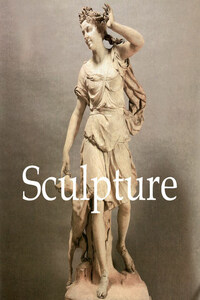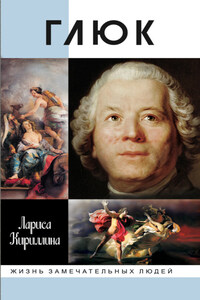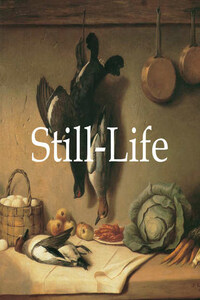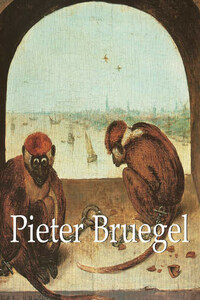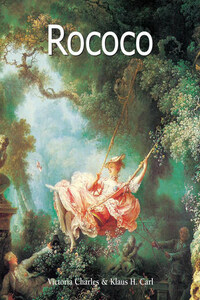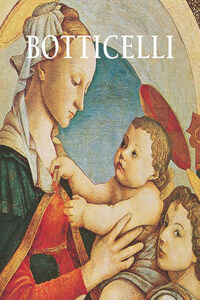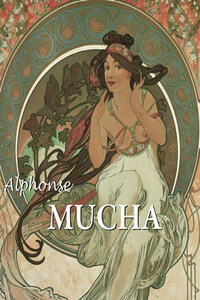© Confidential Concepts, worldwide, USA
© Parkstone Press International, New York, USA
© Richmond Barthé, copyrights reserved
© Constantin Brancusi Estate, Artists Rights Society (ARS), New York, USA/ ADAGP, Paris
© César Estate, Artists Rights Society (ARS), New York, USA/ ADAGP, Paris
© Camille Claudel Estate, Artists Rights Society (ARS), New York, USA/ ADAGP, Paris
© Jean Dubuffet Estate, Artists Rights Society (ARS), New York, USA/ ADAGP, Paris
© Giacometti Estate/ Artists Rights Society (ARS), New York, USA/ ADAGP, Paris
© Ernst Kirchner, by Indeborg and Dr Wolfgang Henz-Ketter, Wichtrach/Bern
© Henri Matisse, Les Héritiers Matisse, Artists Rights Society, New York, USA/ ADAGP, Paris
© Succession H. Matisse, Paris/ Artists Rights Society (ARS), New York, USA
© The Henry Moore Foundation
© Meret Oppenheim Estate, Artists Rights Society (ARS), New York, USA/ Pro Litteris, Zurich
© Nauman Estate/ Artists Rights Society (ARS), New York, USA
© Picasso Estate/ Artists Rights Society (ARS), New York, USA/PICASSO
© Robert Rauschenberg Estate, Artists Rights Society (ARS), New York, USA/ ADAGP, Paris
© Niki de Saint-Phalle Estate, Artists Rights Society (ARS), New York, USA/ ADAGP, Paris
